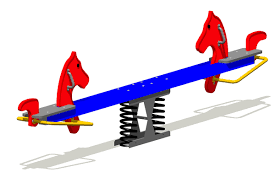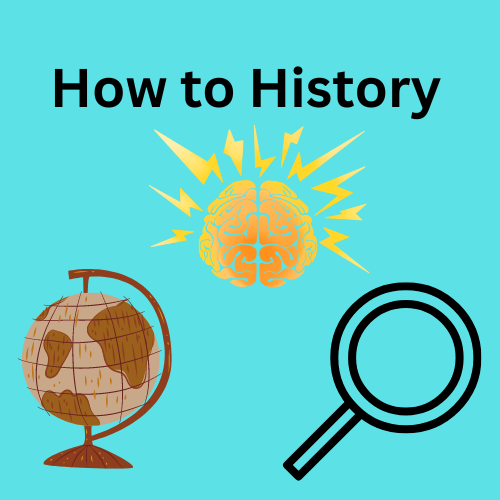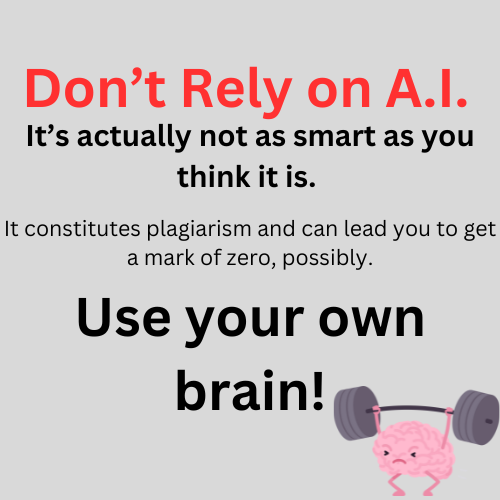Paragraph Writing
OLD: In unit 1 culminating activity you will write a formal academic paragraph. Here are tips!!!
Paragraph Writing – A Crucial Building Block
Writing is a balance of evidence and argument, a balanced see-saw.

- When OUT of BALANCE
- If your writing is evidence-heavy, it’s a LIST.
- If your writing is argument-heavy, it’s a RANT.
- You want a nice balance of both argument and evidence.
TIP SHEETS:
CHW3M_Paleo_Neo_Point_vs_Example (2) (this is from an OLD unit 1 culminating activity)
Databases and Online Encyclopedia:
You may use the History Reference Centre and Britannica Online.
Access through TDSB Virtual Library
User Names / Passwords:
Britannica Schools Edition: trillium / trillium
see TDSB virtual library passwords
TOPIC SENTENCE
= the first sentence of your paragraph
There is no introduction before it since this is not an essay.
TS = main argument + sub-topics described (not listed)
Here’s an example of a good topic sentence that follows the formula:
Ideal writing is a balance of evidence and argument; evidence should be detailed, while argument should be explained.
You’ll also notice that the TS above has a semi-colon (;). Ms. G is a fan of the semi-colon because it’s like having two sentences in one.
Another way to think about topic sentences is to have a strong position on a topic.
Take a look at the following and decide if they are effective topic sentences that meet the criteria:
- World history should be a required course for all high school students in Ontario.
2. World history should be a required course for all high school students in Ontario because it gives them a solid grounding.
3. World history should be a required course for all high school students in Ontario because it gives them a solid grounding in how the past has shaped the present.
Tips to Improve Detail
If you are suggesting a “how to” make sure not to just mention it. Give details about how this way of studying works.
Even though the paragraph is NOT about the topics we studied, the examples must include details about those topics. For instance, if you choose to write about the process of inquiring into Mayan society, you will need to include details about something you learned in YOUR inquiry.
Tips to Improve Arguments
Explain means make your thinking clear to the reader. I always say, “don’t just say it, explain it.” When improving your writing you must put yourself in someone else’s shoes in order to look at your own writing more objectively.
Here you must remember to focus on the HOW, not the WHAT. This is where you keep in mind the approach to studying history and how the examples help show that.
Don’t just say it, explain it!
Ms. G
ONLY ONE PARAGRAPH
Ms. G does not want multiple paragraphs; She only asked for one.
Mr. Chang has some samples to show you!
Extra Paragraph Writing Hints – “How To History”

Here are some areas that everyone can work on as we continue to improve our skills.
Write in your own words.
AI is not a substitute for your original thinking.

Write your own sentences and generate your own ideas.
Be very cautious.
The solution is to take notes in your own words. When I take notes, it is the thing I spend the most time on. I read a section, think about what it means, and then write it down in my own words in point form. It takes a bit more time but then when I’m working on my outline or draft I KNOW that the words I used are my own and that I don’t have to change them again.
Inquiry-related words: think independently, connect, apply, explore, investigate, take responsibility, etc.
Everyone should look at their see saw to determine how balanced it is. Remember that writing is a balance of detailed evidence and well-explained arguments. Take a look at your see saw and make sure to work on balancing it out.
Start early and work in steps. Ask questions if you aren’t sure what to do.
Hope this helps.
Ms. G
Websites for Paleo/Neo Sites (old unit culminating activity)
If you choose Catalhoyuk (neo)
- Catalhoyuk, Turkey site: http://wwcatalhoyuk.com/
search under news, newsletters, then choose a date and look under FINDS for material objects found
- https://www.smm.org/catal/artifacts/ground_stone_tools/
- https://www.smm.org/catal/artifacts/chipped_stone_tools/
- Catal Hoyuk – photos from the site
- Catal Hoyuk – preserving it in 3D – video
- Catalhoyuk Archive Reports (Stanford website)
- Catalhoyuk Digital Reconstruction (Virtual Reality)
Lascaux or Chauvet Cave (paleo)
- Chauvet cave: http://www.culture.gouv.fr/culture/arcnat/chauvet/en/
- Lascaux
- cave: http://www.culture.gouv.fr/culture/arcnat/lascaux/en/
- Lascaux video: https://www.nytimes.com/video/world/europe/100000004789226/lascaux-caves-paleolithic-and-new-again.html
- Chauvet video: https://www.youtube.com/watch?v=Q2ycvQ80MdA
- Lascaux website: http://www.bradshawfoundation.com/lascaux/
Jarmo article in booklet (best not to choose Jarmo, please)
Monte Verde, Chile (paleo)
http://www.sciencemag.org/news/2015/11/oldest-stone-tools-americas-claimed-chile
http://www.sfu.museum/journey/an-en/postsecondaire-postsecondary/monte_verde
https://whc.unesco.org/en/tentativelists/1873/
https://news.vanderbilt.edu/2015/11/18/new-clues-emerge-about-the-earliest-known-americans/
Gobekli Tepe (paleo – neo transition)
- Article in Archaeology Archive: http://archive.archaeology.org/0811/abstracts/turkey.html
- Smithsonian Magazine: http://www.smithsonianmag.com/history-archaeology/gobekli-tepe.html
- Gobekli Tepe: http://www.gobeklitepe.info
- National Geographic Article: http://ngm.nationalgeographic.com/2011/06/gobekli-tepe/mann-text
- BBC/British Museum, A History of the World in 100 Objects: http://www.bbc.co.uk/ahistoryoftheworld/
Old Unit 1 culminating activity – structure tips – video: